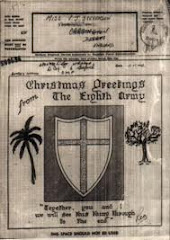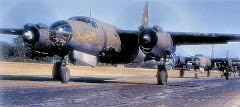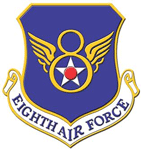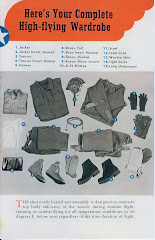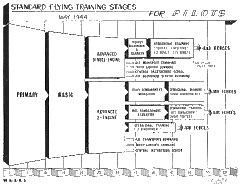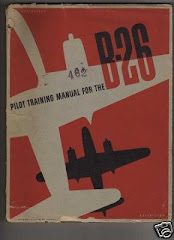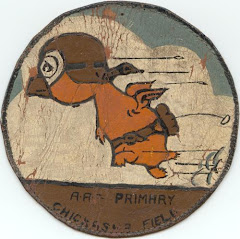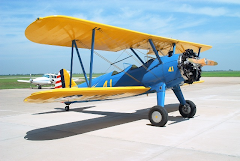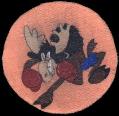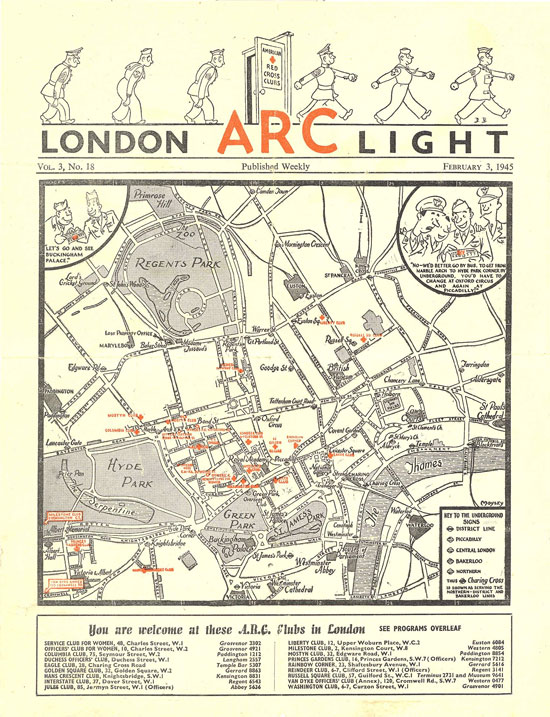Enid Oklahoma was about 100 miles north of Chickasha. After a couple days leave we were loaded on a bus that traveled straight north on U.S. Highway 81 to Enid. We arrived about a year after it was first constructed. The barracks were two story frame buildings that looked like very large houses. There was the usual parade ground and of course hangers and runways. Built as a temporary base, the main feature was a huge water tower roughly in the center of the base.
One of the first things they did at Enid was issue rifles. We had to clean and assemble them and be able to take them apart and put them back together. For an old pheasant hunter like me it was second nature but many of the guys had never seen a gun before. Surprisingly, we weren’t taught to shoot the rifles, we just had to know how to assemble them and carry them in marches and parades.
They were very strict about us keeping orderly quarters. The term “white glove inspections” came from military inspections. The officer would put on a white glove and run his finger across every surface in the barracks. If any dust accumulated on the glove or discolored it, demerits were handed out. When you accumulated demerits over the maximum allowed you had to “walk them off” on the parade grounds on Saturdays. It was usually one hour of walking for each demerit over the limit.
Day to day classes at Enid continued, much like at the previous two bases, with the usual physical fitness drills, obstacle course, close order drills, marches, and lecture classes on military indoctrination, common courtesy, math, weather, navigation and specialty classes on airplane instruments, airplane recognition and airplane mechanics.
After about 70 hours of flying and daily classroom training, we were assigned to the TB25 airplane, also known as the AT-24. They were dual control, 2 engine bomber planes that flew with a 5 man crew. They had a top speed of over 300 miles per hour.
By the end of Basic they would decide who would be fighter pilots and who would be bomber pilots. Of course we all wanted to be fighter pilots, that’s why we practiced our aerial acrobatics every chance we got. They determined the assignments by instructor recommendations, tests they gave us, performance in class and what they needed most at the time.
Saturday, March 21, 2009
Subscribe to:
Posts (Atom)

